Craftsman, Tudor, Victorian replaced with cookie cutter?
rerod
10 years ago
Featured Answer
Comments (16)
rerod
10 years agoRelated Professionals
Yorkville Design-Build Firms · Farmington Home Builders · Sunrise Home Builders · Aberdeen General Contractors · Alhambra General Contractors · Lakewood General Contractors · Nampa General Contractors · Palatine General Contractors · Ravenna General Contractors · Saint Andrews General Contractors · Tabernacle General Contractors · Waianae General Contractors · Waxahachie General Contractors · West Mifflin General Contractors · Security-Widefield General ContractorsChrisStewart
10 years agomethoddesigns
10 years agoChrisStewart
10 years agomethoddesigns
10 years agoChrisStewart
10 years agolavender_lass
10 years agokatmu
10 years agoChrisStewart
10 years agozone4newby
10 years agolavender_lass
10 years agoxc60
10 years agomethoddesigns
10 years agomrspete
10 years agoChrisStewart
10 years ago
Related Stories
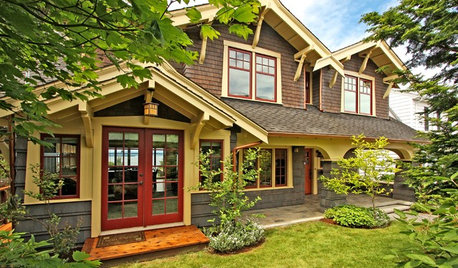
HOUZZ TOURSHouzz Tour: Major Changes Open Up a Seattle Waterfront Home
Taken down to the shell, this Tudor-Craftsman blend now maximizes island views, flow and outdoor connections
Full Story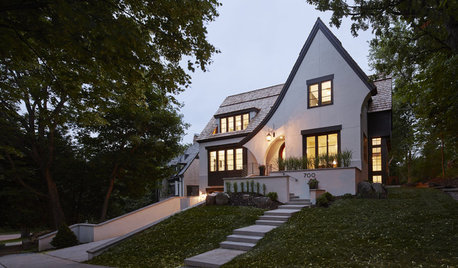
TRADITIONAL HOMESHouzz Tour: Tudor-Inspired Outside, Open and Contemporary Inside
A designer shows respect for a home’s historic St. Paul neighborhood with a fresh take on Tudor style
Full Story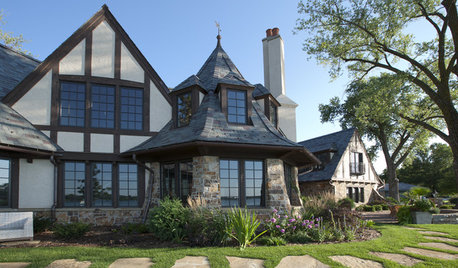
ARCHITECTUREAmerican Architecture: The Elements of Tudor Style
Storybook details and countryside charm make this architecture style appealing even if your home is far from the forest
Full Story
GREAT HOME PROJECTSHow to Replace Your Lawn With a Garden
New project for a new year: Lose the turfgrass for energy savings, wildlife friendliness and lower maintenance
Full Story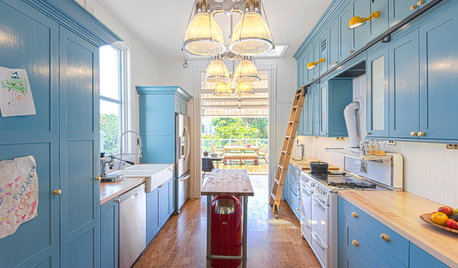
KITCHEN DESIGNKitchen of the Week: Pushing Boundaries in a San Francisco Victorian
If the roll-up garage door doesn’t clue you in, the blue cabinets and oversize molding will: This kitchen is no ordinary Victorian galley
Full Story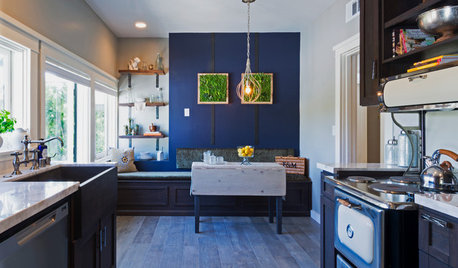
DESIGNER SHOWCASESLivable Luxury at the 2015 Pasadena Showcase House of Design
Southern California designers mostly forgo the glitz at this year’s show house — a Tudor-Craftsman mansion and carriage house
Full Story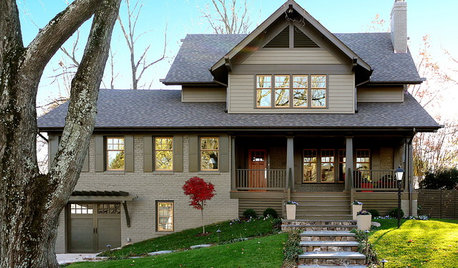
REMODELING GUIDESHouzz Tour: Turning a ’50s Ranch Into a Craftsman Bungalow
With a new second story and remodeled rooms, this Maryland home has plenty of space for family and friends
Full Story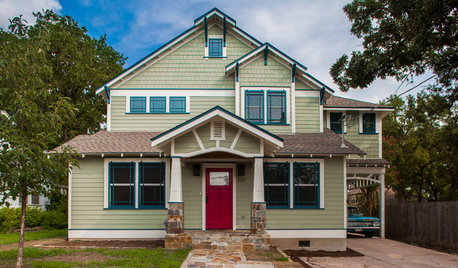
CRAFTSMAN DESIGNHouzz Tour: A Craftsman Cottage Expands for a Growing Family
Not wanting to give up a house full of memories, a Texas family chooses to build up and out
Full Story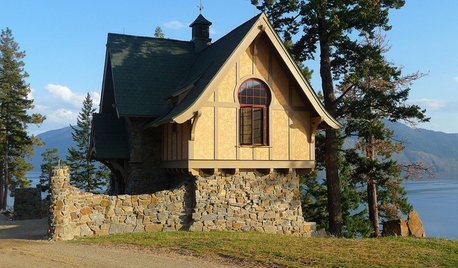
ARCHITECTUREHow to Design a Storybook Cottage
A client’s request: “Build me a house where Disney meets Tudor.” The architect explores the details that make the style
Full Story
ARCHITECTUREHouse-Hunting Help: If You Could Pick Your Home Style ...
Love an open layout? Steer clear of Victorians. Hate stairs? Sidle up to a ranch. Whatever home you're looking for, this guide can help
Full StoryMore Discussions






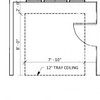
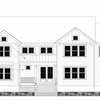
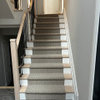
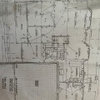
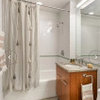
caben15